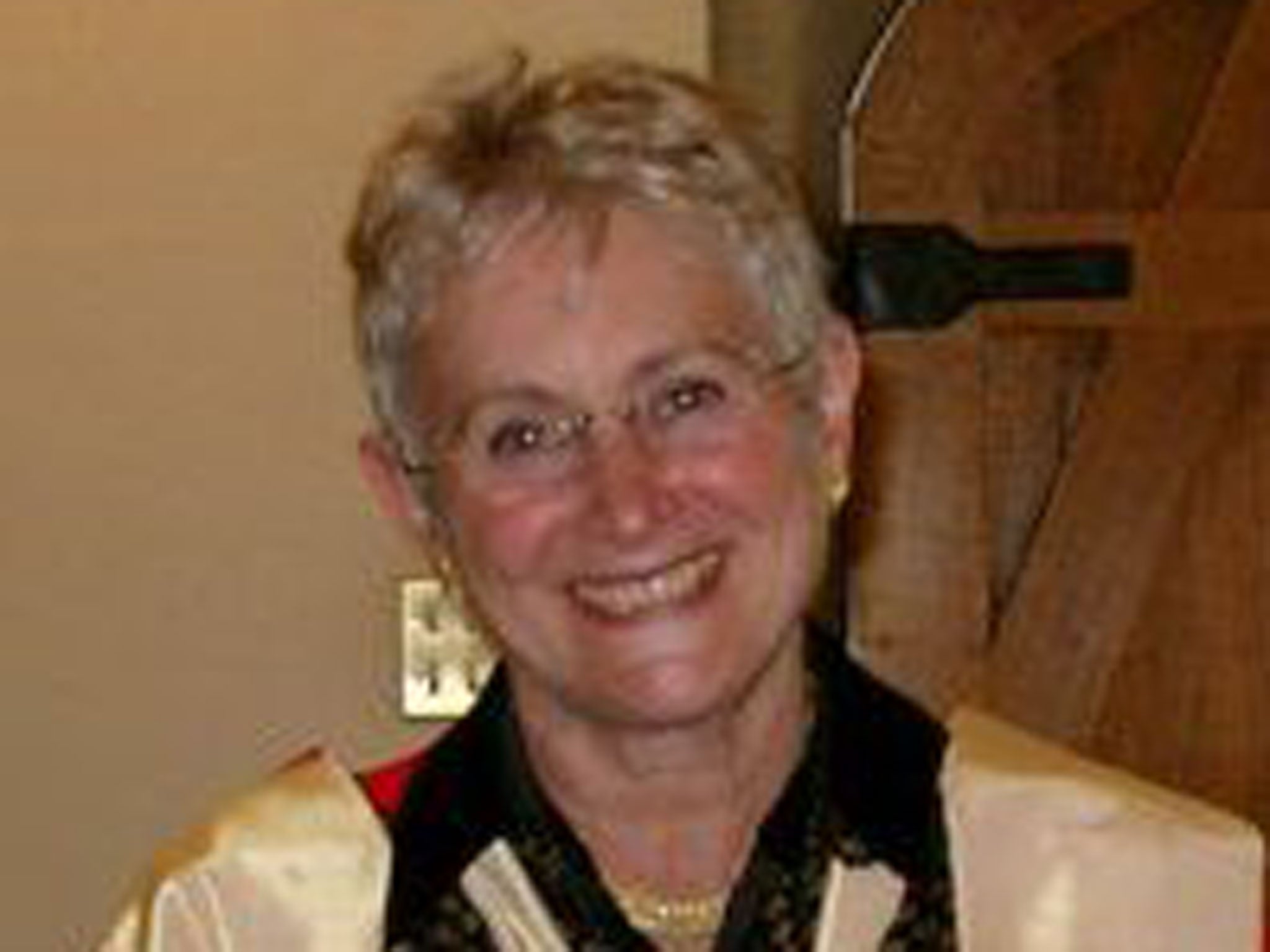Professor Lorna Casselton obituary: Internationally renowned biologist who did much to elucidate the genetic basis of fungal mating

When asked about her scientific discipline, Lorna Casselton would respond modestly, with a twinkle in her eyes and a wide smile, that she was a fungal geneticist.
This disarming statement concealed a hugely successful career in highly complex genetics and molecular biology to address what might otherwise have been thought of as the apparently straightforward question of how the mushroom fungus Coprinus Cinerus reproduces itself.
The answers to this question were far from simple, but the elegance of her elucidation of the mating mechanism and her ability to communicate this to specialist and non-specialist audiences earned her an international reputation. This was recognised in 1999 in her election as a Fellow of the Royal Society. She was also honoured by the British Mycological Society with honorary membership in 2002 and by corresponding societies worldwide.
But Casselton will be remembered for much else besides. Time spent in Nigeria as a visiting lecturer early in her career led to a lifelong involvement in science in Africa. When the post of Foreign Secretary of the Royal Society became vacant in 2006 she was the natural candidate. The post was established in 1723, its purpose described in the Society’s Charter as “to enjoy mutual intelligence and affairs with all manner of strangers and foreigners”.
This was decades before the government got around to making a similar appointment, and in front of a packed lecture theatre at the Royal Society in 2009, with delegates from the international Inter-Academies Panel, she teased the then UK Foreign Secretary, David Miliband, about this historical precedence. Both clearly enjoyed the moment, as did the audience.
She threw herself into her role with enthusiasm, dedication and hard work. During the five years of her tenure she visited 27 countries and led the Royal Society’s programme for scientific capacity-building in Africa, involving the national academies in Ghana, Tanzania and Ethiopia. She was present at the inauguration of the Ethiopian Academy and is warmly remembered in all three countries.
To Casselton, capacity building in science, as in any walk of life, meant developing people, especially young scientists. She was never shunned teaching – quite the opposite, and she is remembered fondly by former students. Her gentle charm, sense of humour and people skills were a powerful combination coupled with her scientific ability. She is remembered as a cheerful, sparkling individual whose enthusiasm and opinions made her life-enhancing.
She was invited in 2002 to serve as a member of the Research Committee for the Royal Commission for the Exhibition of 1851. In this capacity she demonstrated astute judgement, emotional intelligence and good humour which served her and the Committee well. She also spared no effort to add words of encouragement, especially to women Exhibitioners when they had non-scientific problems to face.
Fittingly, given her role, she and her husband Bill Tollett, a keen pilot, shared a love of travel. She learned to fly a glider late in life and no challenge, it appeared, was too demanding. Visiting the Royal Society’s Danum Valley rainforest research centre in Sabah, Borneo, she was invited to inspect the forest canopy some 140 feet above by climbing a tree using equipment more familiar to mountaineers than 72-year-old fungal geneticists, involving a harness and jumar clamp (a form of brake on the rope). She descended too rapidly, the brake jammed and, momentarily losing her usual calm self control, she disturbed a wasps’ nest, with obvious consequences.
To this day, staff at the centre, whose English vocabulary was considerably enlarged during the incident, continue to tell the story to all visitors. Their affection for her is easily apparent and a blue plaque, deep in the Borneo jungle, marks her visit.
To be in Casselton’s company was a delight. She will be mourned and remembered fondly by myriads of friends worldwide. The Lorna Casselton Memorial Lecture has been established at St Cross College, Oxford (where she was a Fellow for many years) with the inaugural lecture planned for 2015.
Born in 1938, she attended Southend High School for Girls. She gained a BSc and a PhD from University College London in 1964 and her academic career began at Royal Holloway College, followed by her appointment as Professor of Genetics at Queen Mary, University of London from 1989–91. She was later awarded an AFRC/BBSRC Postdoctoral Fellowship and a BBSRC Senior Research Fellowship.
She was a Fellow of St Cross College Oxford from 1993–2003 and elected an Honorary Fellow on her retirement, and she was appointed Professor of Fungal Genetics at the University of Oxford in 1997. Following her election to the Royal Society in 1999, she served on their governing Council from 2002–2003. In 2006 she was elected Vice-President and Foreign Secretary of the Royal Society. She was appointed CBE in the 2012 Birthday Honours for services to fungal genetics and international science.
Lorna Ann Smith, fungal geneticist: born 18 July 1938; CBE 2012; married 1961 Peter Casselton (divorced 1978), 1981 William Tollett; died 14 February 2014.
Join our commenting forum
Join thought-provoking conversations, follow other Independent readers and see their replies
Comments